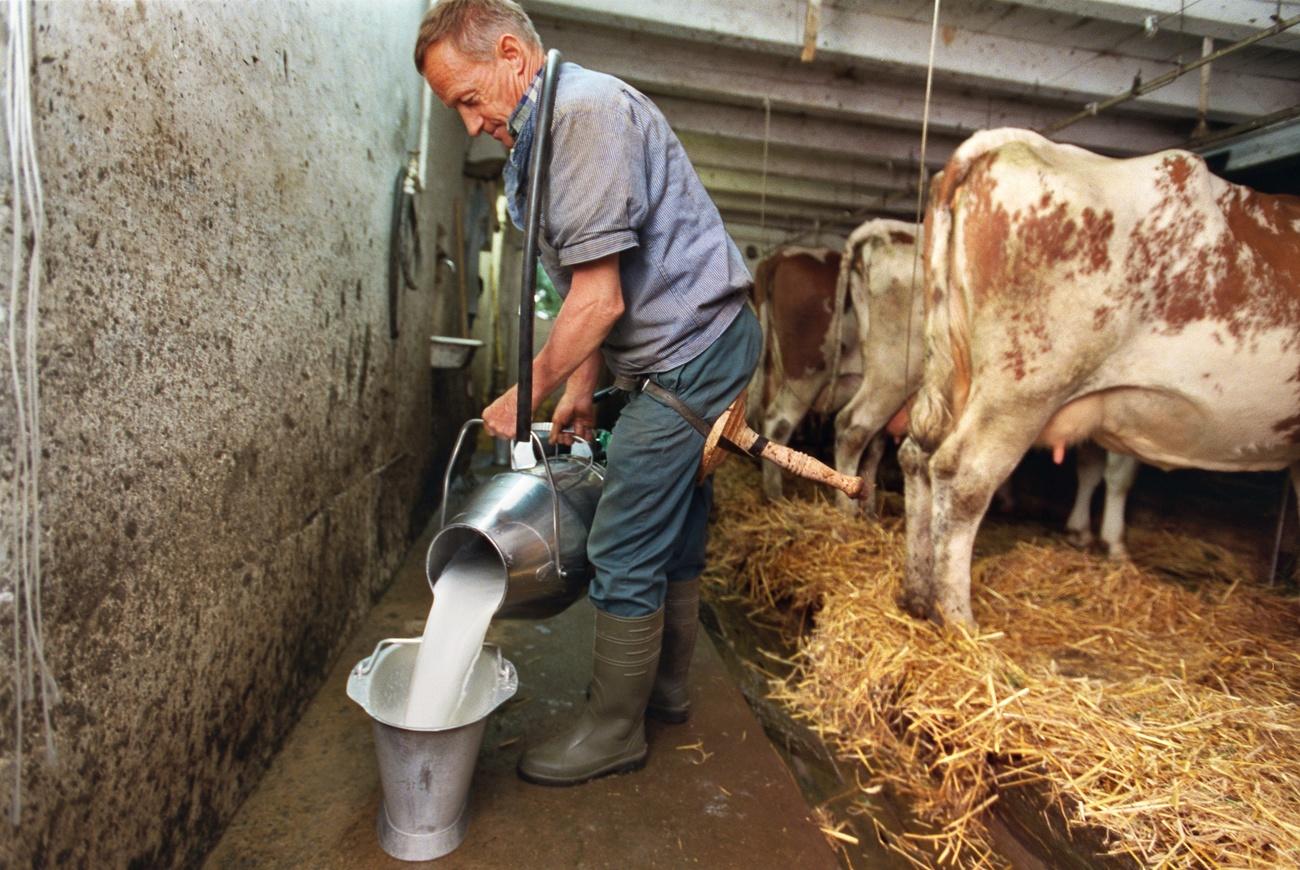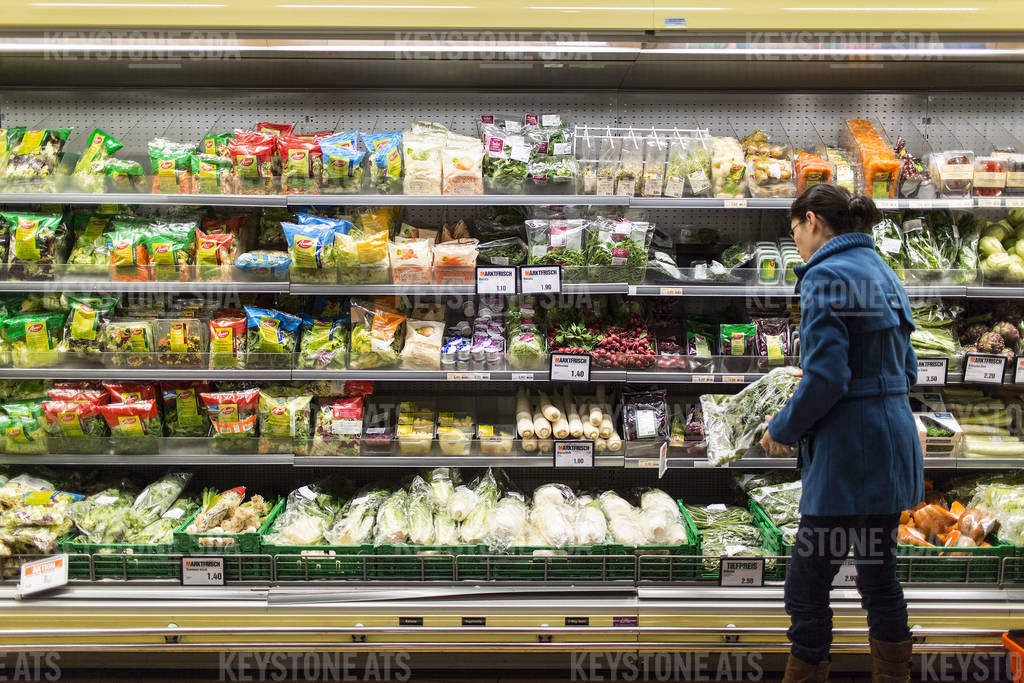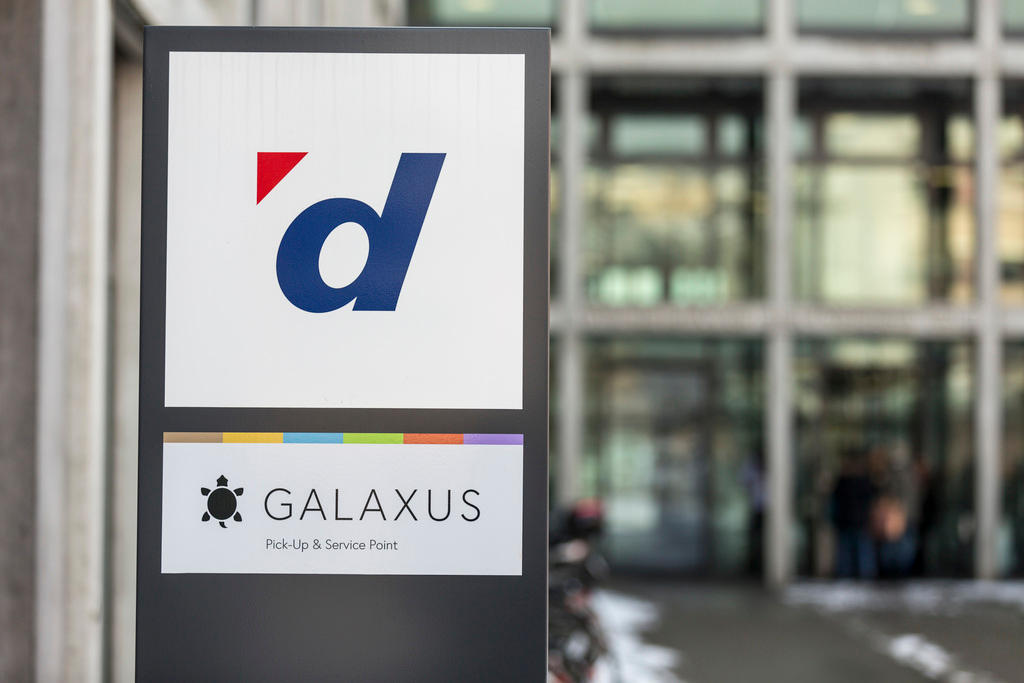Nestlé to offer blockchain milk tracing system to consumers

Swiss food producer Nestlé has ramped up its exploration of blockchain technology by joining a platform that allows consumers to track milk from the farm to its products. The innovation addresses consumer demand to identify ingredients that end up in their food and drink.
The Swiss company has partnered with the OpenSC “blockchain-enabled” digital systemExternal link built by WWF Australia and Boston Consulting Group Digital Ventures to allow anyone in the world to trace data. Consumers can scan a QR code on the product in a shop to check where ingredients were sourced and follow them though the supply chain.
The stated aim of the platform is to “help businesses and consumers avoid illegal, environmentally damaging or unethical products, while improving supply chain accountability and transparency.”
Nestlé first dipped it toes into blockchain in 2017 by joining the IBM Food TrustExternal link project, which combines data from a number of food producers, retailers, farmers and distributors. In April Nestlé and French supermarket chain Carrefour allowed consumers to trace the origins of Mousline purèeExternal link.
The OpenSC system collaboration was announced by the Vevey-based food giant on Tuesday.
“The initial pilot program will trace milk from farms and producers in New Zealand to Nestlé factories and warehouses in the Middle East. Later, the technology will be tested using palm oil sourced in the Americas. These pilots will allow Nestlé to understand how scalable the system is,” read a statementExternal link.
Blockchain and other distributed ledger technology systems are designed to build a tamper-proof ledger of data in time sequence, which can be verified by multiple parties and opened for public scrutiny.
However, critics argue that such ledgers are only as good as the data that is entered into them, leaving space for bad actors to input falsified entries.

More
The blockchain revolution emerges on main street

In compliance with the JTI standards
More: SWI swissinfo.ch certified by the Journalism Trust Initiative




You can find an overview of ongoing debates with our journalists here. Please join us!
If you want to start a conversation about a topic raised in this article or want to report factual errors, email us at english@swissinfo.ch.